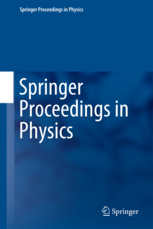The chapter generalizes results on influence of uniaxial strain and adsorption on the electron states and charge transport or localization in graphene with different configurations of imperfections (point defects): resonant (neutral) adsorbed atoms either oxygen- or hydrogen-containing molecules or functional groups, vacancies or substitutional atoms, charged impurity atoms or molecules, and distortions. To observe electronic properties of graphene-admolecules system, we applied electron paramagnetic resonance technique in a broad temperature range for graphene oxides as a good basis for understanding the electrotransport properties of other active carbons. Applied technique allowed observation of possible metal-insulator transition and sorption pumping effect as well as discussion of results in relation to the granular metal model. The electronic and transport properties are calculated within the framework of the tight-binding model along with the Kubo-Greenwood quantum-mechanical formalism. Depending on electron density and type of the sites, the conductivity for correlated and ordered adsorbates is found to be enhanced in dozens of times as compared to the cases of their random distribution. In case of the uniaxially strained graphene, the presence of point defects counteracts against or contributes to the band-gap opening according to their configurations. The band-gap behaviour is found to be nonmonotonic with strain in case of a simultaneous action of defect ordering and zigzag deformation. The amount of localized charge carriers (spins) is found to be correlated with the content of adsorbed centres responsible for the formation of potential barriers and, in turn, for the localization effects. Physical and chemical states of graphene edges, especially at a uniaxial strain along one of them, play a crucial role in electrical transport phenomena in graphene-based materials.

